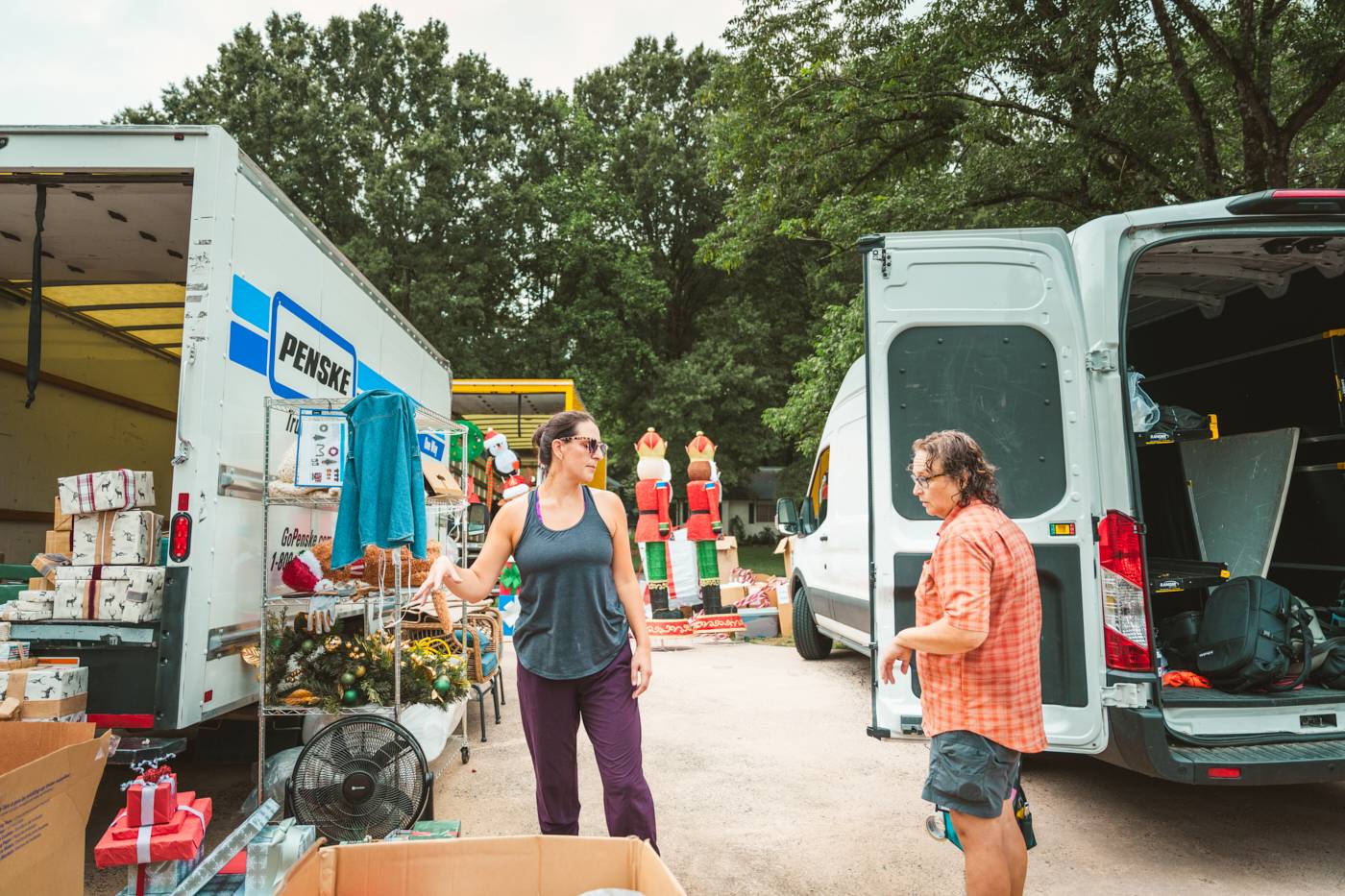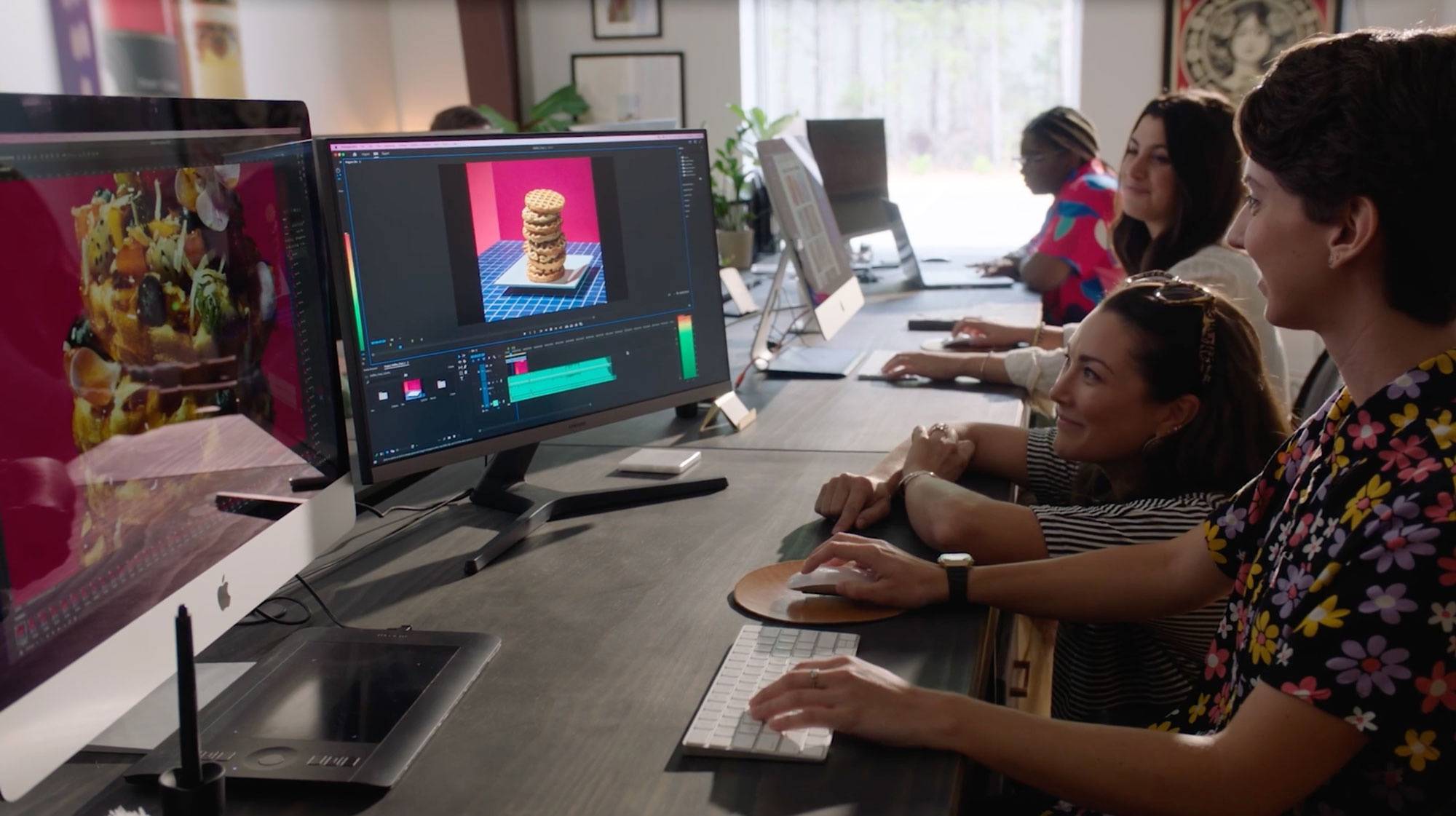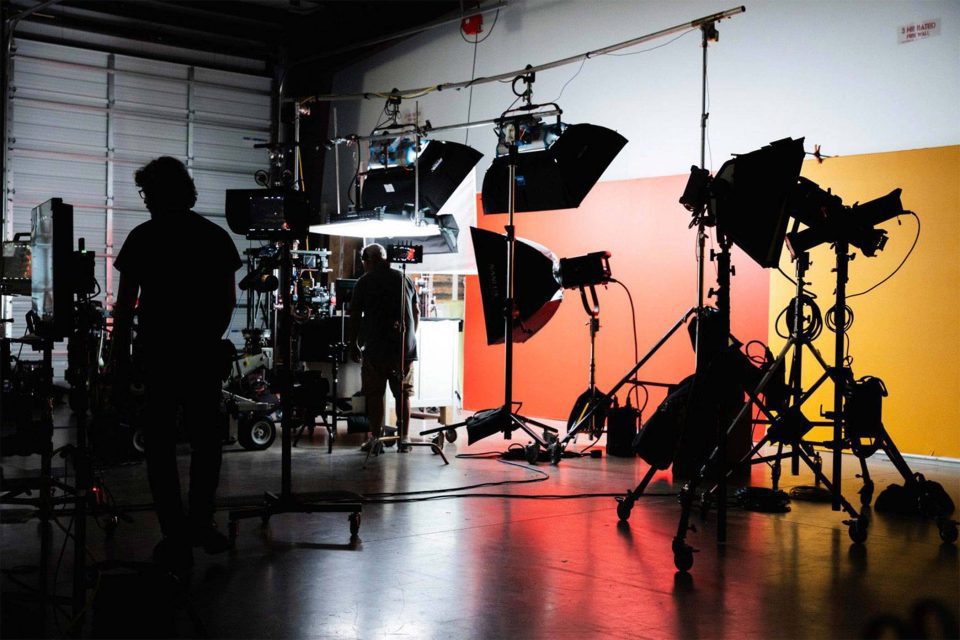What Are the Stages of Full-Service Photo and Video Production? Here’s What to Expect.
Commercial Photography Insights
6 days ago
In the dynamic world of digital media, photo and video production stand as cornerstones of visual storytelling for elevating brand presence. Understanding the production process when working with a full-service photography studio is crucial as you prepare for the exciting, multi-stage journey that spans from initial concept to final delivery. Contrary to what social media influencers might infer, it doesn’t happen overnight!
In this comprehensive guide, we will explore the six stages of full-service photo and video production:
1. Consultation, where ideas are born and objectives are set;
2. Creative Concepting, where creative ideas are refined into actionable concepts;
3. Pre-production, which involves meticulous planning and preparation;
4. Production, the action-packed execution of plans;
5. Post-production, where raw material is polished into a final product; and
6. Delivery, where the finished work is shared.
Along the way, we’ll discuss best practices, share some insights, and offer some recommendations.

1. Consultation: Laying the Groundwork for Success
The foundational step in any video or photography production process is the consultation. During this critical stage, our production team and client meet together to establish a clear understanding of the project’s objectives, target audience, and desired outcomes – whether that’s to increase brand awareness, launch a new product, or educate the viewer. This initial dialogue is essential for alignment between the client’s vision and the creative and technical capabilities of our production team, and guides the entire production process.
Once the objectives are set, the next step is to discuss the budget. The budget dictates many aspects of the production, including the concepts to be executed, equipment that can be used, locations for shooting, and the potential for custom builds and particular expertise. It’s also during this stage that we discuss the production timeline, setting realistic expectations for project milestones and final delivery based on the available resources.
2. Creative Concepting: Developing & Refining Creative Ideas
With the consultation stage complete, we can then move forward with creative concepting. This process involves brainstorming ideas, proposing different approaches to the video or photo shoot, and agreeing on a concept that best represents the client’s vision while staying within budgetary and logistical constraints. This might also include the creation of concepts, a mood board, storyboard, or shot list, which serves as a blueprint for the production phase.
For video productions, this stage often begins with scriptwriting, where the dialogue, voiceovers, and visual instructions are meticulously crafted. For both video and photo projects, storyboarding follows or occurs simultaneously. A storyboard visually predicts the sequence of events and is crucial for planning the shots and understanding the narrative flow. It acts as a visual script for both the crew and client to reference.
By the end of the concepting stage, there is a clear, documented understanding of the scope and direction of the project. This ensures that the video or photo production process proceeds smoothly, with all parties confident in their roles and expectations. At Salt Paper, we love this stage because it allows us to dream big and challenge each other with our favorite question: What are we capable of?
3. Pre-Production: The Blueprint for Success
Pre-production is when all the planning happens before any actual shooting begins and is arguably one of the most critical stages in the video and photo production process.
This phase often involves our phenomenal project management team and ensures the next stage – production – runs smoothly and efficiently. There are several elements that must be carefully considered during the pre-production stage, including:
Casting & Location Scouting
If the project involves actors or models, casting is a major component of pre-production. Location scouting is another crucial element, requiring our team to find and secure suitable places to shoot that align with the storyboard and aesthetic requirements. We also manage permissions and legal clearances during this time.
Scheduling & Resource Allocation
Effective scheduling is essential to keep the project on track. This includes creating detailed shooting schedules, call sheets for talent and crew, and timelines for each phase of production. It also involves resource allocation, ensuring that all necessary equipment and personnel are available and booked for the required days.
Technical Preparations
Technical prep, such as lighting plans, camera settings, and sound equipment checks, are mapped out. For complex shoots, this might also involve choreographing movements or planning for special effects, which need to be meticulously designed in advance.
Budget Review & Adjustments
Throughout pre-production, the budget is continuously reviewed and adjusted with the client as needed. This ensures that the project remains financially feasible without compromising creative vision. It’s a balancing act that often requires creative solutions to stay within financial constraints.
By the end of the thorough pre-production stage, everyone has a clear understanding of their roles, the project timeline, and the expected outcomes. The table is set for the production stage to proceed without significant delays or budget overruns.
4. Production: Where Planning Meets Action
The production stage is the execution phase of the video and photo production process and is often the most visible (and arguably the most exciting) part of production. It’s a dynamic period where the crew, talent, and production team collaborate closely to capture stunning imagery and captivating footage.
Production days begin with setting up the necessary equipment on location or in studio. This includes lighting, camera rigs, sound recording equipment, and any special gear needed for specific shots. The art director, photographer, and the production crew work to ensure every technical aspect aligns with the storyboard or shot list prepared during pre-production.
For full-service video production, this stage includes capturing all required footage, including primary shots, B-roll, and any special sequences such as action scenes or interviews. In photo production, it involves taking all the planned shots, ensuring that lighting and composition are perfect.
The production stage often comes with its share of challenges – namely weather conditions, technical issues, or unexpected delays. Effective problem-solving and flexibility are crucial. Our production team must adapt quickly, whether it means changing a setup due to bad weather, a last minute product change, recall, or client creative decision.
As we wrap up each shooting day, we review what was accomplished and what needs to be done the next day. This includes backing up footage, reevaluating the next day’s shooting plan, and addressing any concerns that might have arisen.

5. Post-Production: Crafting the Final Product
In post-production, shots or footage captured during production are assembled, refined, and transformed into a polished final product. This stage involves several detailed and technical processes that require skilled professionals to ensure that the end results meet or exceed expectations:
Editing
This is the first and most time-consuming step in post-production. For video, this involves selecting the best takes, arranging footage in the narrative order, and trimming clips to achieve the desired pacing and flow. For photo projects, editing includes choosing the best images from the shoot, performing color correction, cropping, and batch processing.
Retouching
Retouching is a crucial step that goes beyond basic editing. This process involves touch-ups to enhance visual quality, as well as more complex tasks such as creating composites from multiple shots or performing major image manipulations to achieve desired effects. This meticulous work ensures that every detail in the images aligns with the project’s artistic goals.
Sound Design & Audio Mixing
Sound is a critical component of video production. During post-production, sound engineers work on syncing dialogue and adding sound effects, ambient sounds, and music. Audio mixing and mastering ensures sound levels are balanced and that the audio is clear and impactful across various playback systems.
Visual Effects & Color Grading
Visual effects (VFX) are added as needed to enhance or create elements that were not captured during the shooting phase. This could range from simple wire removal to complex 3D effects that transform the visual aesthetic of the footage. Color grading follows, which involves adjusting the colors of the footage to create a visual tone or mood that supports the story or brand identity. This process ensures visual consistency and appeal throughout the entire piece.
Graphics & Titles
Incorporating graphics, titles, and other textual elements provides context and enhances viewer understanding. This can include opening titles, closing credits, or animated graphics that illustrate complex information.
Final Reviews & Adjustments
Once the video or photo series is edited, retouched and all elements are integrated, it undergoes several rounds of reviews. Feedback from the client, director, and other stakeholders is incorporated, usually leading to further revisions. This iterative process ensures that the final product matches client expectations and project goals.
6. Delivery: Ensuring Optimal Presentation & Accessibility
The delivery stage is a pivotal point in the production process, where the final product is prepared and transferred to the client. The first step in delivery involves rendering or exporting the final versions of the video or photos in formats that meet the specific requirements of the client or the platforms they intend to use. This includes selecting the appropriate file types, resolutions, and aspect ratios.
Before the final content is delivered, it undergoes a thorough quality control check. This process includes reviewing each video or photo for encoding errors, unintended artifacts, or other issues that could detract from the viewer’s experience. Color accuracy, audio sync, and proper alignment of visual elements are checked to confirm that everything adheres to the quality standards established in earlier stages of production. After this tech check, our photographers and directors review all assets with our creative director for final sign off.
Upon delivery, the client reviews the content to ensure it meets their expectations and the agreed-upon specifications. Final adjustments and minor revisions ensure the final product perfectly aligns with the client’s vision.
Full-Service Production Timeline
Depending on the size, scope, and complexity of a project, the timeline for photo and video production can be significant. It’s extremely important to keep the lead time that may be required for professional photography and video services in mind before embarking on a project or campaign.
Small or Simple Projects
At Salt Paper, small or relatively simple projects, such as a straightforward promotional video or photo shoot, can take anywhere from several days to a couple of months to fully execute.
- Consultation ~ a few days to one week
Usually fewer moving parts; objectives can be quickly understood and agreed upon.
- Creative Concepting ~ a few days to one week
Judicious decisions around narrative development, styling, location, casting, and logistics. - Pre-production ~ a few days to two weeks
Fewer logistical concerns, location or equipment requirements; simpler scripts or shot lists.
- Production ~ one day to one week
Limited locations, minimal crew; quick shooting and production turnover.
- Post-production ~ a few days to two weeks
Straightforward editing, basic color correction, minimal sound design.
- Delivery ~ a few hours to two days
Straightforward formats, fewer files; rapid final checks, simple digital transfers.
Large or Complex Projects
A larger project at Salt Paper, like a more complex commercial photoshoot, typically involves multiple locations and days of shooting, several deliverables, and a fair amount of logistical planning. All told, large projects take between two months and four to five months to complete.
- Consultation ~ one to three weeks
Detailed discussions regarding concepts, script approvals, and logistics.
- Creative Concepting ~ two to four weeks
Extensive creative planning and research; set design, renderings, storyboarding, shot lists, etc. - Pre-production ~ two to four weeks
In-depth script revisions, location scouting, casting; securing equipment, scheduling crew.
- Production ~ two to four weeks
Additional setup, shooting, and breakdown times for detailed scenes or sequences.
- Post-production ~ two to six weeks
Complex editing, advanced color grading, sophisticated sound design, graphics, effects.
- Delivery ~ a few days to one week
Final quality checks, potential format conversions, secure transfer methods.
Leveraging a full-service photography and video production studio like Salt Paper ensures images and footage that precisely aligns with your vision, amplifies your brand voice, and resonates with your audience. We bring a depth of expertise and a comprehensive suite of services that guarantees a streamlined process, hyper attention to detail, and deliverables of the very highest caliber. Our team can’t wait to work alongside yours – connect with us!


